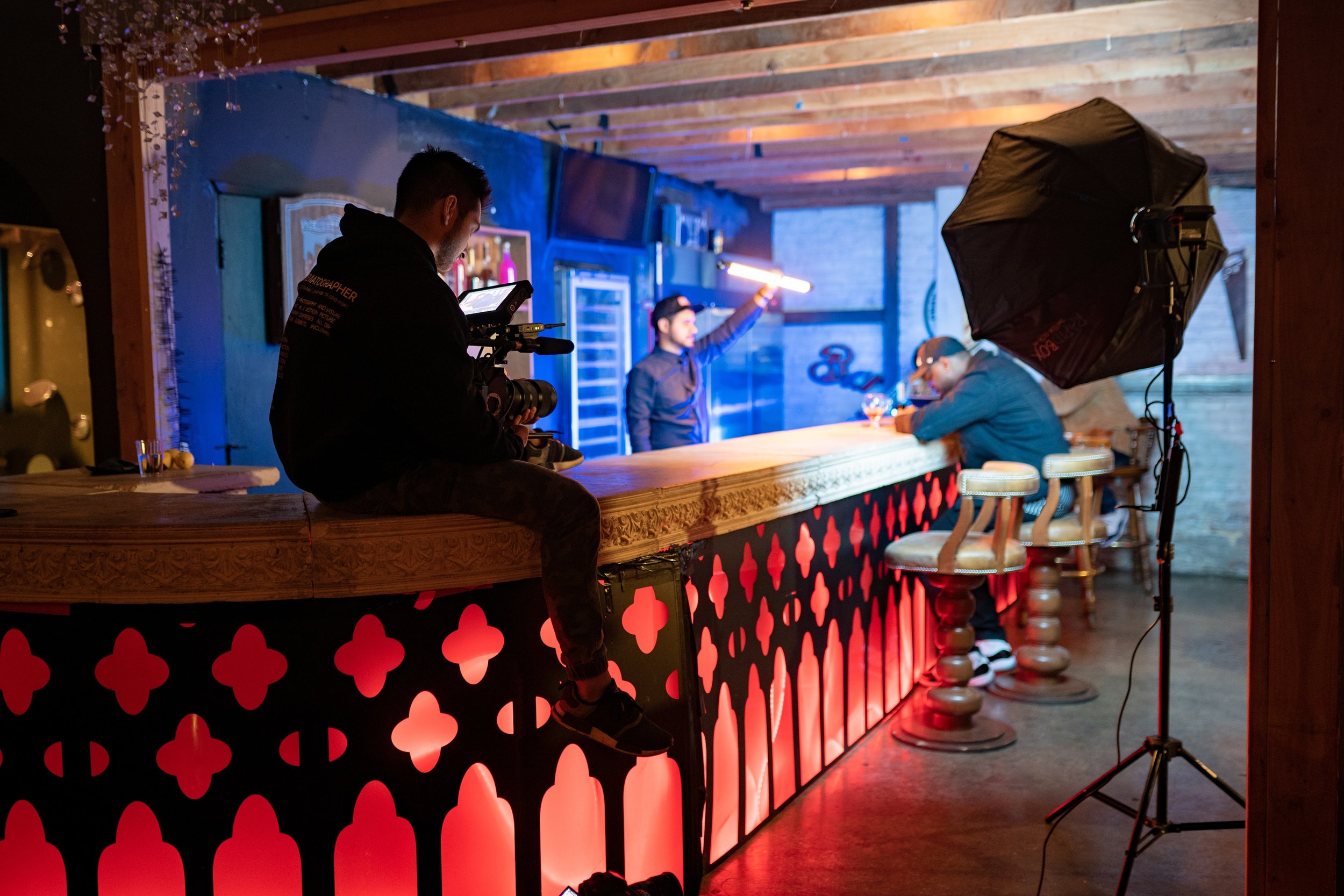
Cinematography Course: The Fundamentals
Cinematography Fundamentals is a self-guided, 3-month course that lets you pursue your passion for filmmaking at your own pace.
| Type: Asynchronous |
| Tuition: $795 |
| Duration: 12 Weeks |
| Enrollment: Monthly |
Key Components at a Glance
19 video lectures
Two self-prep exercises
Final project (show reel)
Written feedback from an NYU Instructor
Please note: This program does not include any live class time or meetings with NYU faculty.
Self-Paced Learning
Chart your own course toward a filmmaking career, working through our video lessons and exercises at a speed that suits you.
Expert Feedback
Your final project will be reviewed in writing by a NYU faculty member. (Please note: Your project must be completed within the three-month window in which you are enrolled in order to receive feedback.)
Pre-Recorded Video Lectures
Featuring distinguished NYU Tisch faculty members, our video tutorials are best-in-class: crisp, engaging, and concise.
Digital Achievement Badge
Completing the program earns you a digital badge which can be linked to your resume, portfolio, or social media accounts.
Flexible Enrollment
A rolling schedule lets you sign up at any time to begin learning on the first day of the following month.
-

-
NYU Faculty: Anthony Jannelli
Tony Jannelli is a distinguished cinematographer who has worked on feature films including Philadelphia, Silence of the Lambs, Big, Independence Day, and many others. He has filmed music videos featuring Michael Jackson, Paul McCartney, The Rolling Stones, Talking Heads, Bruce Springsteen, and Aretha Franklin.
Detailed Breakdown
Over three months, students will gain an understanding of every element of shooting for film and TV.
-
To tell a visual story, you’ll need to construct images in three dimensions so they deliver the information and the impact you want them to. You've got a rectangle, and a near-infinite corridor of space within it -- these are not limitations, but opportunities.
-
Minute by minute, filmmaking can be expensive. This makes pre-production tools like storyboards -- planning out your shots visually on paper -- efficient and indispensable.
-
Movies are fundamentally recordings of light and shadow, and from the art form's very beginning it's been this basic allure that's drawn us to the screen. You’ll learn how light and shadow have been used by artists over the long history of movies.
-
The capacity for movement is where movies completely have it over every other art form, whether by way of pans, tilts, zooms, tracking shots, handheld explorations, or combinations thereof. The visceral excitement of a movie when it truly moves is a unique and special cultural experience. You’ll take a look at over a century's worth of how, and why, filmmakers have made it happen.
-
Editing the sight and sound of a film project requires planning and attention to fine details. You’ll learn the fundamentals of configuring a project, creating a sequence, adjusting audio levels, finessing edit points, applying basic post effects and color correction, and exporting video in a web-ready format.
